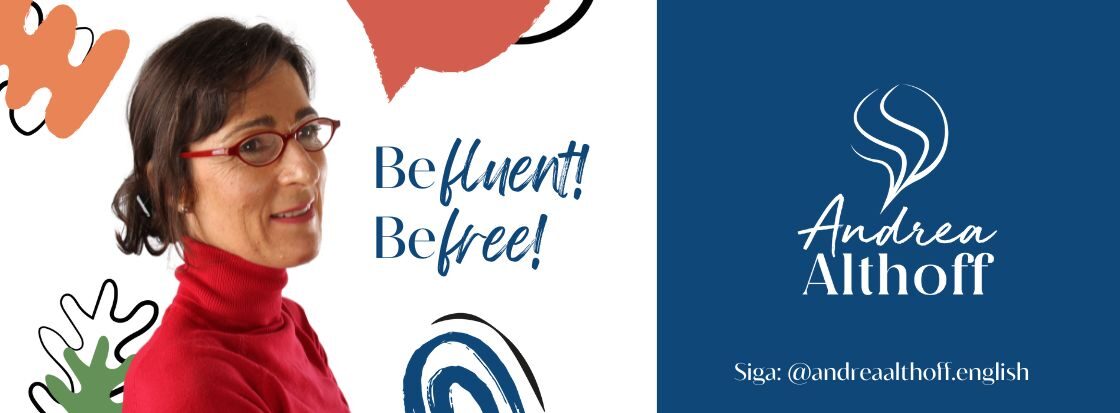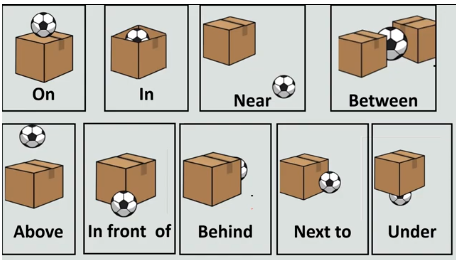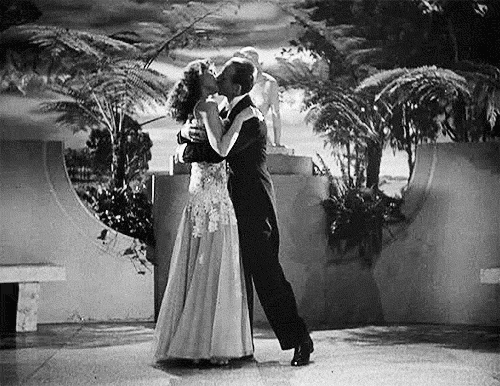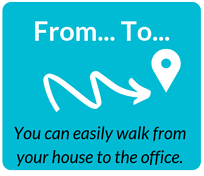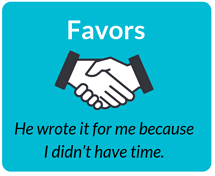Prepositions are words that show things like:
TIME = at 2:00 o’clock
PLACE = in Moscow
DIRECTION = near the airport
First, we learned a few basic prepositions of place. Next, we will look at IN, ON,and AT used to describe WHEN something happens, happened, and will happen.
AT
We use AT with specific times (hour / minutes):
- I get up at 7 o’clock.
- My English class starts at 10am.
- She finishes work at 6.15.
- I left the party at midnight.
Midnight (and midday) is a specific hour which is why we use AT.
12am = midnight
12pm = midday / noon
We use AT for a holiday period of two or more days:
- Do you normally get together with your relatives at Christmas?
- Did you eat a lot of chocolate at Easter?
ON
We use ON for specific days and dates:
- I will return it to you on Wednesday.
- They got married on Friday the 13th.
- We get paid on the 20th of every month.
- I drank too much milk on New Year’s eve.
Remember that for dates, we use ordinal numbers.
E.g. the First of September (not the one of September)
IN
We use IN for specific months, years, seasons, decades, centuries and lengths of time.
- My birthday is in January. (I don’t mention the date, just the month)
- My grandmother was born in 1927.
- The river near my house is dry in summer.
- Life was difficult in the 1940s.
- The music was great in the eighties.
- The company was founded in the 19th century.
- We need to have this report ready in 15 minutes.
Compare:
The New Zealand National day is in February.
(I don’t mention the day – only the month)
The New Zealand National day is on February 6th.
(I mention the day – the order is not important)
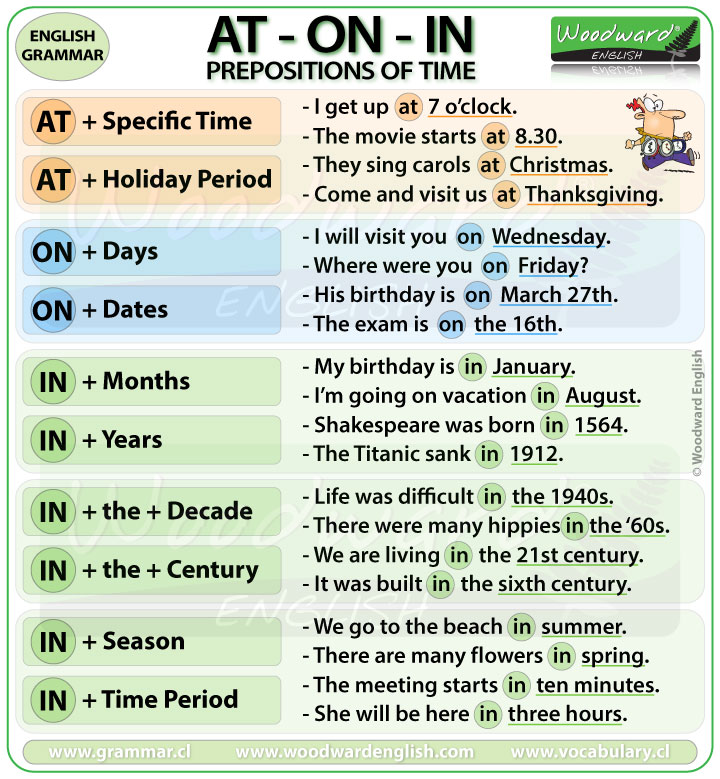
The Weekend
Sometimes you will hear AT the weekend and sometimes ON the weekend.
They are both correct. ON the weekend is used in United States.
- Where did you go on the weekend? (American English)
- Where did you go at the weekend? (British English)
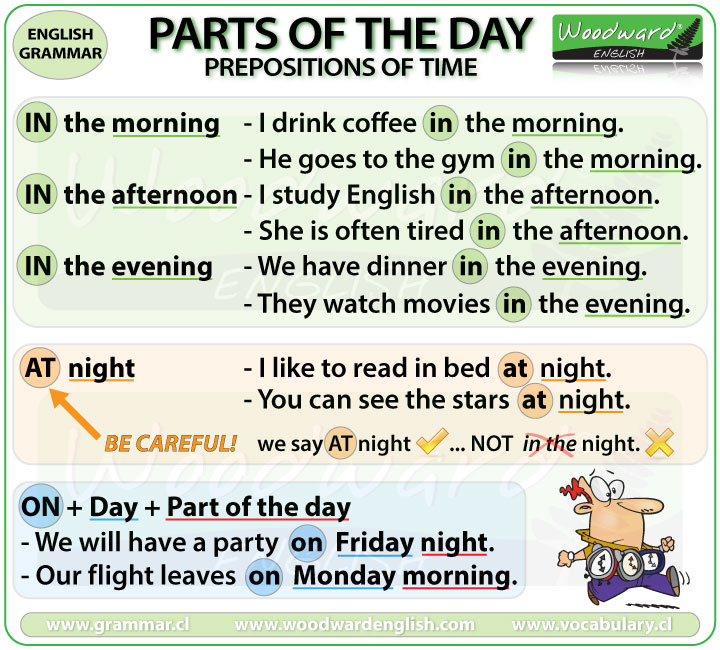
At the moment
I don’t want to talk about it at the moment.
We don’t use Prepositions
We do not use AT, ON, IN, or THE before these words:
- LAST, NEXT, THIS and EVERY
- TODAY, TOMORROW, YESTERDAY, TONIGHT
The party is next Friday.
They went to the mountains last month.
Choose the correct alternative to complete the sentence.
